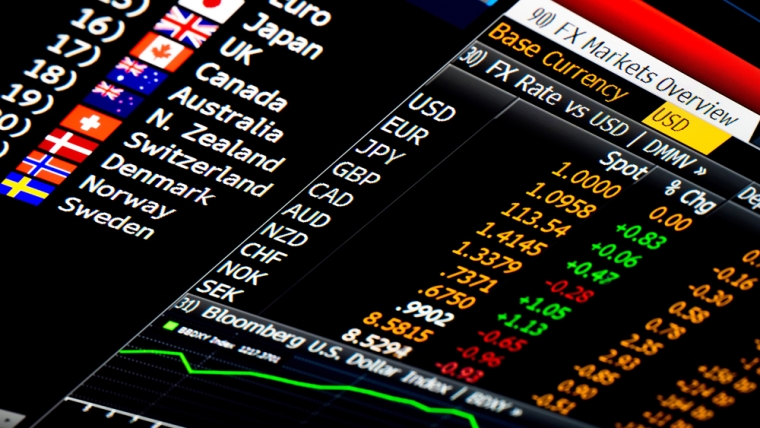
US equities are little changed overnight, with hopes for a last-minute deal to avoid a government shutdown fading, which would create uncertainty and delay the publication of key economic releases. The S&P wasn’t impacted by weaker-than-expected consumer-confidence data and oscillated in a narrow range. Oil prices extended the recent decline on concerns about increased OPEC+ supply - Brent crude traded towards US$67 per barrel. There was limited movement across government bond markets, and the US dollar is modestly weaker.
The Conference Board measure of consumer confidence fell to a five-month low in September on growing concerns about the job prospects and the broader economy. Most of the drop in the headline index reflected a decline in the present situation component. But the expectations component, which is more closely related to spending, also fell. A measure of confidence in the labour market declined to the lowest level since February 2021. Separately, US JOLTs job openings were little changed in August and near the consensus estimate.
US treasuries were mixed with small moves overall. The curve steepened with front end yields dipping 2bp while 10-year notes are unchanged at 4.14%.
German CPI was higher than expected, and increased at a 2.4% annual rate, compared with the 2.2% consensus. This followed an uptick in other regional data and suggests upside risks to the 2.2% consensus estimate for the preliminary euro area release. There was limited reaction in European rates markets. The ECB is expected to leave rates steady at 2.0% for an extended period.
The Reserve Bank of Australia left rates on hold at 3.60%, in a unanimous decision, which was in line with expectations. The accompanying statement struck a more hawkish tone relative to August and suggests the central bank could leave rates steady for some time. It noted that private demand is recovering more quickly than expected, and that inflation in the September quarter, may be higher than forecast at the time of the August Statement. Australian rates sold off after the decision before retracing.
The AUD gained after the announcement, and the NZD/AUD has fallen to a fresh multi-month low near 0.8760, albeit after a period of whippy price action. The US dollar is broadly weaker against G10 currencies overnight, but the moves were modest overall. NZD/USD is marginally higher, and NZD/JPY dipped towards 85.70.
NZ fixed income yields continued to edge lower in the local session yesterday reflecting moves in offshore markets. While not market moving, measures of activity in the ANZ business outlook survey increased to 43.4 from 38.7 in August. Swap rates closed 1-2bp lower across the curve, extending the recent rally, to fresh yield lows. The market implied terminal Official Cash Rate has declined to 2.25%.
NZ government bonds largely matched the move in swaps. 10-year NZGB yields declined 2bp to end the session at 4.20%. NZ Local Government Funding Agency is undertaking its monthly tender today and offering the April-2029 (NZ$50m) and May-2035 (NZ$50m) maturities.
Building permits data for August is the only domestic economic release today. Residential building consents have been very volatile recently though the annual rate has stabilised near 34k. The Tankan survey is scheduled in Japan, and a resilient reading will lend further weight for a rate hike this month. The preliminary reading of euro area CPI is expected to edge higher to 2.2%, though there are upside risks, given the regional readings. ADP private payrolls are released in the US along with the ISM manufacturing survey.
Daily exchange rates
Select chart tabs
Stuart Ritson is the Senior Interest Rate Strategist at BNZ Markets.

We welcome your comments below. If you are not already registered, please register to comment.
Remember we welcome robust, respectful and insightful debate. We don't welcome abusive or defamatory comments and will de-register those repeatedly making such comments. Our current comment policy is here.